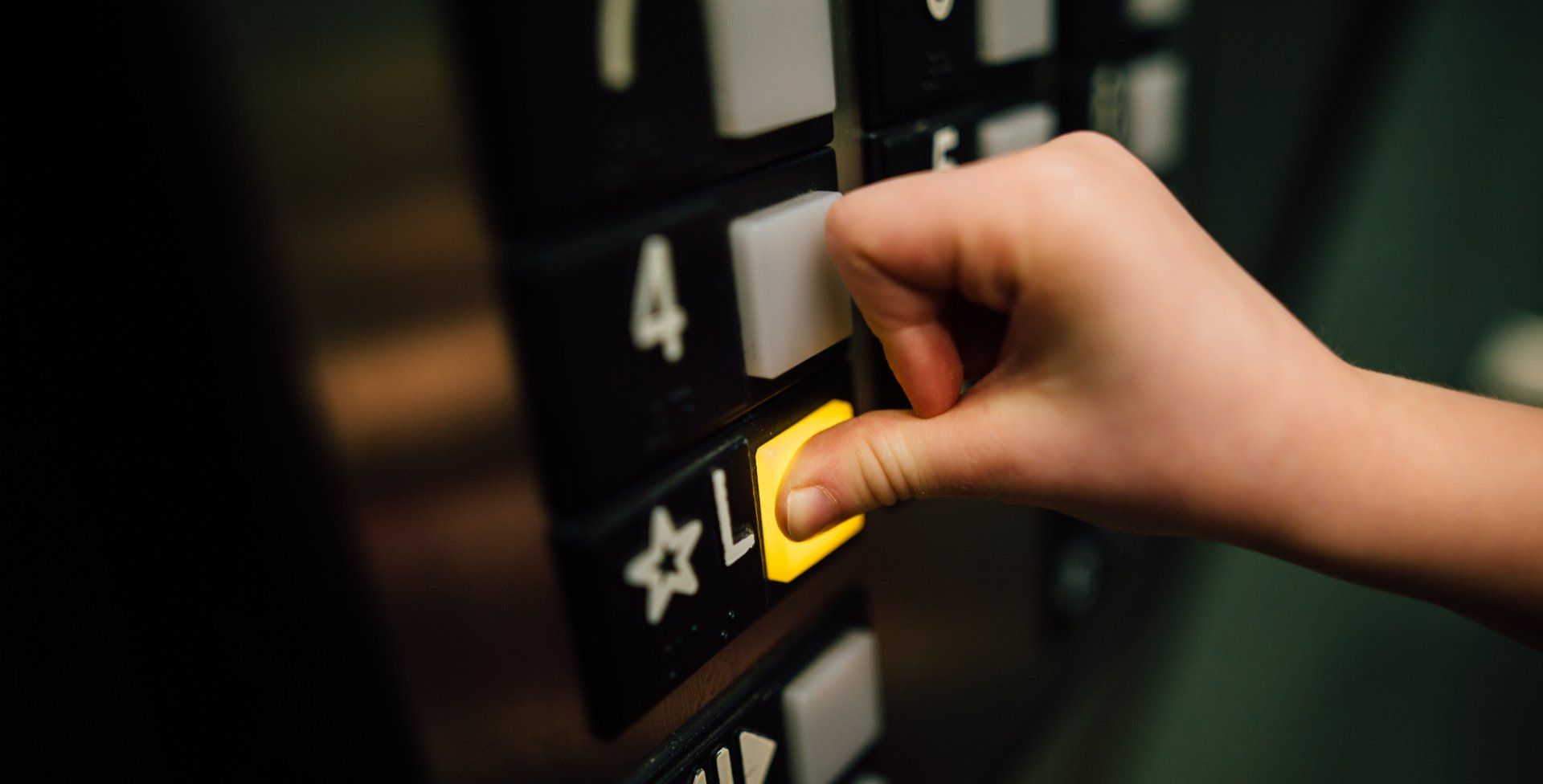“Effective access control is more than just keeping unauthorized individuals out; it’s about granting access to the right people at the right time.” — Abraham Sanieoff

Access control systems have become a cornerstone of modern security infrastructure. As technology advances and security threats evolve, businesses must adopt robust access control measures to protect their assets and personnel. In this comprehensive guide, we’ll delve into the intricacies of access control systems, explore cutting-edge trends for 2024, and provide actionable insights on implementing these systems effectively. This article serves as a valuable resource for anyone looking to enhance their security framework with access control solutions.
Understanding Access Control Systems
Access control systems are designed to manage and regulate who can enter or exit specific areas within a facility. These systems are crucial in ensuring that only authorized personnel have access to sensitive areas, thereby preventing unauthorized entry and potential security breaches.
Types of Access Control Systems
- Discretionary Access Control (DAC): The owner of the protected system, data, or resource sets the policies defining who or what is authorized to access the resource.
- Mandatory Access Control (MAC): Access rights are regulated by a central authority based on multiple levels of security.
- Role-Based Access Control (RBAC): Access permissions are assigned to users based on their roles within an organization.
Key Components of an Access Control System
- Control Panel: The central system that processes access requests and sends signals to locking mechanisms.
- Credentials: These can be key cards, PIN codes, biometric data, or mobile devices used to verify identity.
- Readers: Devices that read the credentials presented by users.
- Locks: Physical mechanisms that control access to doors and other entry points.
- Software: Manages the overall system, tracks access logs, and provides administrative functions.
The Evolution of Access Control System Technology

Learn More About Access Control Systems
Historical Context and Advancements
Trends in Access Control System Technology for 2024
- Leveraging motion sensors and mobile credentials to minimize physical contact, a trend accelerated by the COVID-19 pandemic.
- Benefits include reduced contamination risk and increased user convenience.
- AI enhances access control by analyzing patterns and identifying potential security threats in real-time.
- Machine learning algorithms improve system accuracy and adapt to evolving security challenges.
- Combines multiple verification methods (e.g., passwords, biometric data, and security tokens) to enhance security.
- MFA reduces the risk of unauthorized access and strengthens overall security posture.
Implementing Access Control Systems in Buildings

Proper implementation of access control systems is crucial for maximizing their effectiveness and ensuring seamless operation.
Steps to Installing an Access Control System
- Evaluate the specific security needs of the facility.
- Determine the most suitable type of access control system.
- Decide between proprietary and non-proprietary systems based on flexibility and long-term cost considerations.
- Proprietary systems may offer seamless integration but can lock you into a single vendor.
3. Integration with Existing Security Systems:
- Ensure compatibility with current security infrastructure, such as CCTV and alarm systems.
- Integration enhances overall security and simplifies management.
Benefits of Modern Access Control Systems
Learn More About Access Control Systems
Modern access control systems offer numerous advantages that go beyond basic security.
Enhanced Security and Reduced Unauthorized Access
- Automated Monitoring: AI-powered systems continuously monitor access points and alert security personnel to potential threats.
- Granular Control: Assign access rights based on specific roles or time frames to minimize unauthorized access.
Improved User Convenience and Operational Efficiency
- Mobile Access: Users can unlock doors using their smartphones, reducing the need for physical keys or cards.
- Remote Management: Administrators can manage access rights and monitor system activity from anywhere.
Compliance with Regulatory Standards
- Data Protection: Ensure that only authorized personnel have access to sensitive information, aiding in regulatory compliance.
- Audit Trails: Maintain detailed logs of all access events for auditing and investigation purposes.
Elevator Access Control Systems
Importance of Elevator Access Control in High-Rise Buildings
- Controlled Access: Restrict access to specific floors, ensuring only authorized individuals can reach sensitive areas.
- Enhanced Security: Integrate elevator control with building access systems to provide a unified security solution.
Types of Elevator Access Control Systems
Learn More About Elevator Access Control
1. Single Elevator Access Control:
- Ideal for buildings with fewer floors and lower traffic.
- Uses card readers or mobile access to activate the elevator.
- Suitable for buildings with multiple elevators serving different sets of floors.
- Allows for role-based access to specific floors.
- Utilize digital touch screens for destination dispatch, optimizing travel times and enhancing security.
- Can be integrated with cloud-based access control systems for seamless management.

Case Study: Successful Access Control Implementation
- Challenges: The office faced issues with unauthorized access and inefficient management of access rights.
- Solution: Implemented a multi-layered access control system integrating biometric authentication and mobile credentials.
- Results: Improved security, streamlined operations, and enhanced compliance with regulatory standards.
In Conclusion:
Access control systems are an indispensable part of modern security infrastructure, providing robust protection against unauthorized access while enhancing user convenience and operational efficiency. As technology continues to evolve, staying informed about the latest trends and advancements is crucial for future-proofing your security strategy. For those seeking reliable and innovative access control solutions,
Sabre Integrated offers comprehensive services tailored to meet your specific needs.
Ensure your facility is equipped with the latest access control technology by partnering with Sabre Integrated. Visit
sabreintegrated.com
today to learn more and secure your premises with state-of-the-art access control systems.

Search
Never Miss A Post!
Sign up for free and be the first to get notified about updates.
Newsletter
Stay In Touch
Featured Videos












